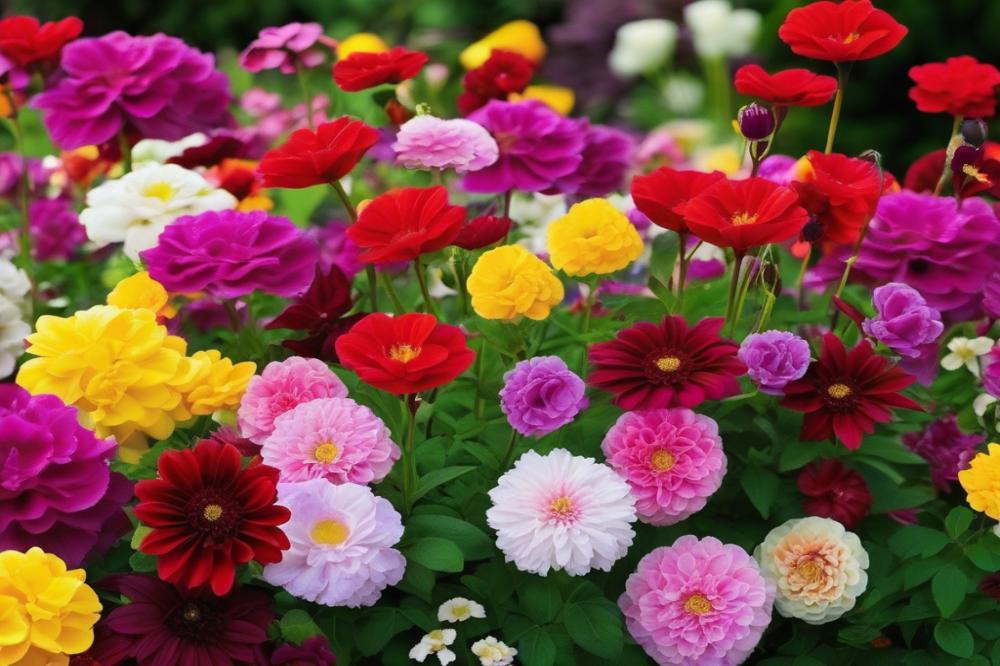The Best soil mix for Vibrant flower gardens
Creating a flourishing flower garden requires more than just planting seeds in the ground. A quality soil mix plays a crucial role in determining how vibrant and healthy your flowers will be. The health of plants greatly depends on their growing environment. Without the right soil combination, even the most beautiful seeds may struggle to grow.
A good blend provides essential nutrients, ensuring plants have what they need to thrive. organic matter, like well-rotted compost, enriches the soil and improves its structure. Proper drainage is another key aspect. Flowers need oxygen in their roots, and compacted soil can block that vital requirement. Perlite and vermiculite are often added to enhance drainage and aeration, making a significant difference in how plants absorb water.
Balancing pH levels is critical as well. Some flowers prefer slightly acidic conditions, while others do better in neutral or alkaline soil. Testing your soil regularly can help you adjust this balance. As time goes on, fertilizers can give an added boost, but they should be used wisely. Over-fertilization can harm your plants, leading to weak growth.
Garden soil alone might not suffice for all varieties of flowers. A mix that includes potting soil can provide a lightweight foundation, which is perfect for container gardening. A top layer of mulch can help retain moisture and suppress weeds, adding to the overall health of your flower gardens.
In summary, investing time and care into your soil mix will pay off with lush, colorful blooms in your garden. Attention to the details makes a significant impact, and happy plants reflect that effort.
Understanding Soil Mix
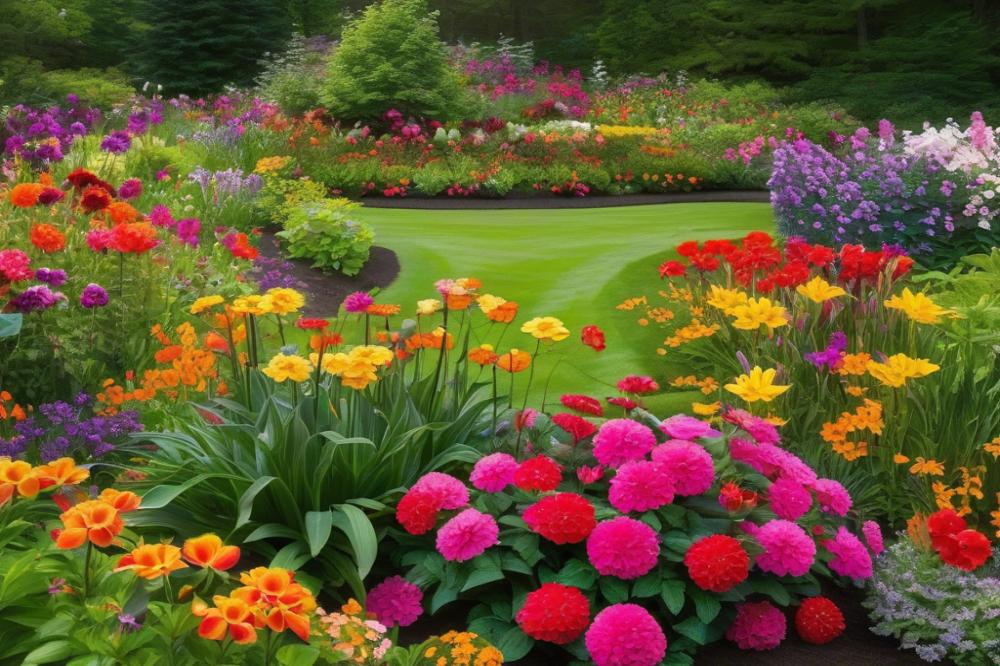

Soil mix serves as the foundation for vibrant flower gardens. It includes various components that work together to create a thriving environment. Familiarity with these elements can enhance the growth of your flowers.
Definition and components of soil mix
A well-balanced soil mix comprises several parts. potting soil is specially designed for container gardening. It typically contains lightweight materials like perlite and vermiculite. These additives improve aeration and water retention. In contrast, garden soil is more dense and can be heavy, making it suitable for in-ground planting.
Roles of potting soil, garden soil, and organic matter
Potting soil often contains fertilizers that promote plant growth. Organic matter, such as compost, enriches the soil with essential nutrients. This type of matter also helps retain moisture, which is crucial during dry periods. Garden soil, with its natural composition, provides stability for flowers growing in beds. Each type has its role in nurturing vibrant blooms.
Importance of drainage, pH balance, and nutrient content
Good drainage is vital for healthy plants. Without proper drainage, excess water can suffocate roots and lead to rot. Alongside drainage, pH balance affects nutrient availability. Most flowers thrive in slightly acidic to neutral soils. Testing the soil’s pH can help gardeners make necessary adjustments. Nutrient content also cannot be overlooked. Essential elements like nitrogen, phosphorus, and potassium must be present in sufficient amounts. Regularly adding fertilizers can replenish these nutrients for optimal growth.
Mulch can also repair a garden. It retains moisture and adds organic matter as it decomposes. Understanding these aspects of soil mix prepares gardeners to create the best environments for their flowers.
Choosing the Right Ingredients
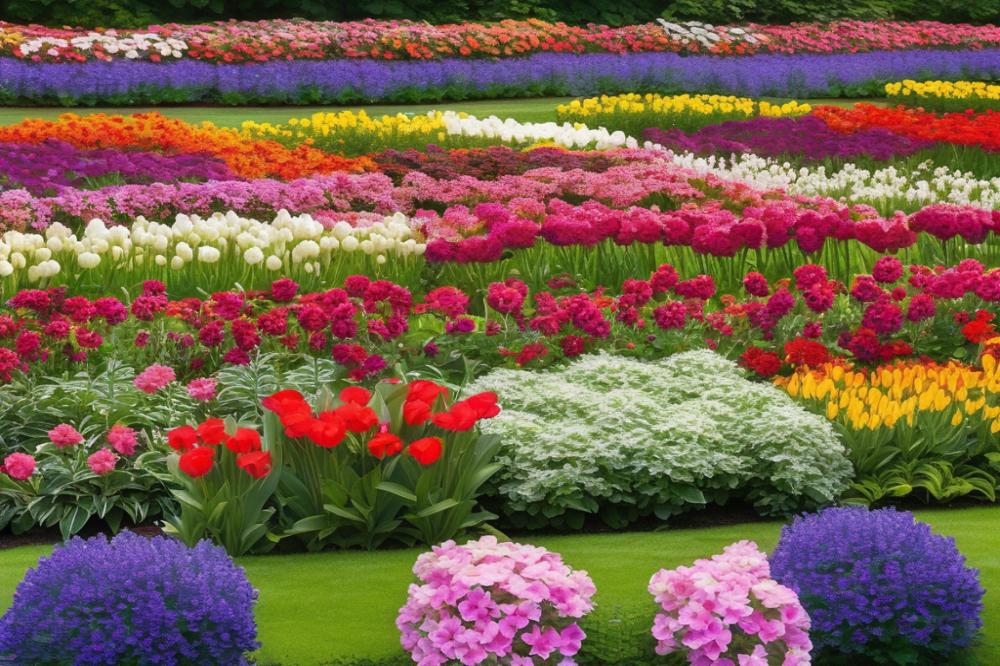

Selecting the best potting soil for your flowers is essential for a vibrant garden. A good mix will provide the right nutrients and support healthy growth. Consider the different components that make up quality potting soil. Look for a product that balances moisture retention and aeration.
Integrating Compost and Organic Matter for Soil Health
Adding compost can significantly improve your soil’s health. Organic matter enriches the soil and provides essential nutrients to plants. It also helps maintain a proper pH balance, which is crucial for nutrient absorption. A mixture containing well-decomposed organic matter fosters beneficial microorganisms. This activity aids in the natural breakdown of nutrients.
The Role of Perlite and Vermiculite
Perlite and vermiculite play important roles in improving drainage and aeration in potting mixes. Perlite is a volcanic glass that creates air pockets in the soil. This feature allows excess water to drain away, preventing root rot. On the other hand, vermiculite retains moisture while still offering good aeration. Together, these ingredients foster a healthy root environment for flowering plants.
Mulch is another excellent addition to your flower garden. It helps maintain soil moisture and temperature. Layering mulch on top of your soil will protect against weeds. Additionally, it helps to keep the soil cool during hot summer months, allowing roots to flourish.
When choosing fertilizers, look for organic options. These types of fertilizers often provide a slow-release of nutrients. Combining them with compost creates a nutrient-rich environment. The right mix will keep your flowers healthy and blooming beautifully.
Incorporate a mix of garden soil along with your potting soil for a unique texture. This combination can improve soil structure and encourage healthy plant growth. Focus on creating a diverse soil environment. Your flowers will thrive and produce stunning blooms.
Balancing Nutrients and pH
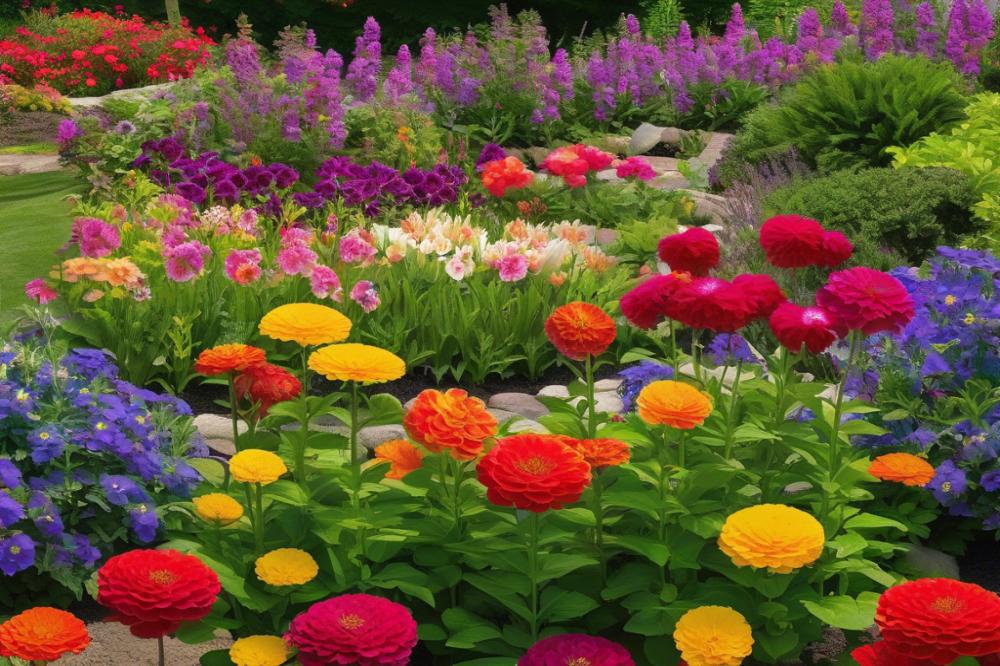

Understanding soil pH is key for promoting healthy flower growth. Most flowers thrive in a pH range of 6 to 7. If the soil is too acidic or too alkaline, plants struggle to absorb nutrients. This problem can lead to stunted growth and poor flowering. Testing your soil pH is a good place to start. Use a simple pH meter or test kit found at garden centers.
Understanding Soil pH and Its Implications for Flower Growth
Different plants have varied pH needs. For instance, azaleas prefer more acidic conditions, while lilacs tend to do better in neutral soil. When the pH strays from the desired level, nutrients like iron and calcium become less available. This makes it hard for flowers to obtain what they need from the soil mix.
Tips for Adjusting pH Balance in Your Soil Mix
Adjusting the pH can be quite simple. For acidic soil, add lime to increase the pH. Conversely, if the soil is too alkaline, sulfur can help lower it. Incorporating organic matter like compost can also influence pH levels positively. Regularly adding mulch can enhance soil condition and retain moisture, supporting your flowers in the long run.
Recommended Fertilizers to Enhance Soil Fertility
Using the right fertilizers greatly improves flower vitality. A balanced fertilizer with equal parts nitrogen, phosphorus, and potassium works well for various blooms. Organic options like fish emulsion or seaweed extract supply essential nutrients too. Sometimes, adding perlite or vermiculite increases drainage, preventing root rot. Both materials enhance the texture of potting soil, creating a breathable environment for roots. Choose fertilizers that fit the specific needs of the plants you’re growing.
Mixing Your Own Soil
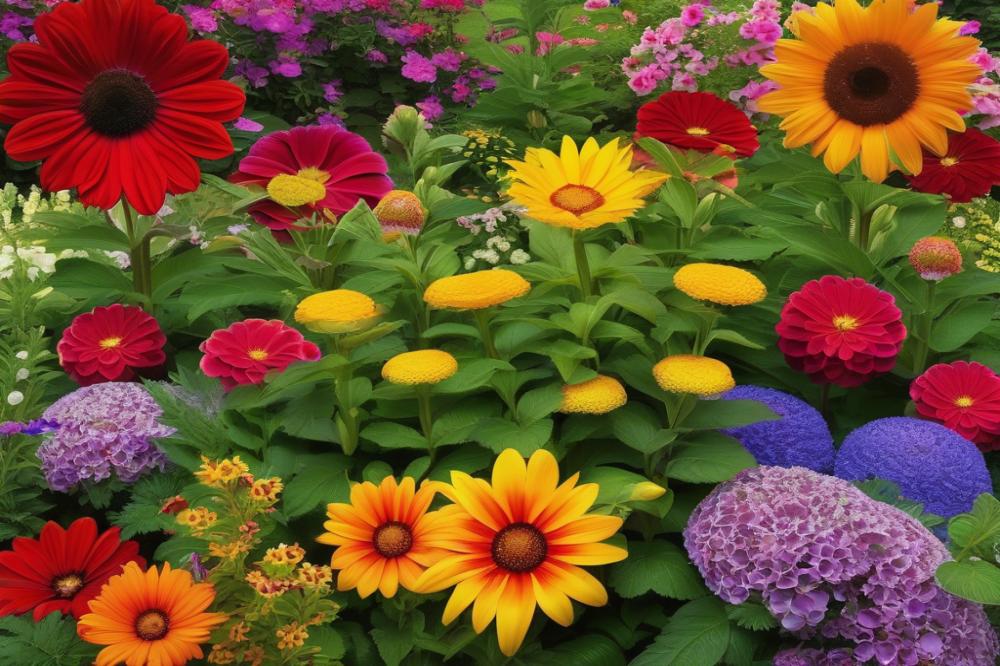

Creating a custom soil mix for your flower garden allows you to cater to specific plant needs. Follow this step-by-step guide to get started. First, gather your ingredients. Essential materials include potting soil, organic matter, compost, perlite, and vermiculite. Each plays a role in the overall health of your flowers.
Begin by measuring equal parts of potting soil and garden soil. This combination provides a solid foundation for your mix. Next, add organic matter. A mixture of one-third compost works great for enhancing nutrient content. It boosts growth and improves soil structure, too.
Drainage is crucial for vibrant flowers. Include perlite to promote aeration and prevent waterlogging. Consider adding vermiculite for better moisture retention. This combination will balance out the properties of your soil. Aim for a mix of about 10% perlite and 5% vermiculite.
Proportions of Each Ingredient Based on Flower Types
Different flowers thrive in various soil conditions. For instance, delicate annuals prefer lighter soils. A mix of 40% potting soil, 30% compost, 20% perlite, and 10% vermiculite works well for them. Conversely, perennials often like richer mixtures. A ratio of 30% garden soil, 40% compost, 20% perlite, and 10% organic matter can help them flourish.
Don’t forget about pH balance! Some flowers may require more acidic or alkaline soil. Test the soil and adjust with peat moss or lime as needed.
Common Mistakes to Avoid When Mixing Soil
Pay attention to the quantity of each ingredient. Overdoing it with fertilizers can burn roots. A little goes a long way; consider starting with half the recommended amount. Mix thoroughly to create a homogeneous blend. Inconsistent mixtures can lead to uneven water retention and nutrient distribution.
Remember to avoid compacting the mix. This can reduce airflow, causing root issues. Gently mix everything instead of pressing it down.
Lastly, consider the effects of mulch. Some gardeners forget about this important step. Adding mulch on top helps retain moisture and suppress weeds. Think about how all elements work together to create a thriving environment for your flowers.
Maintenance of Flower Garden Soil
Mulch plays a vital role in maintaining healthy flower garden soil. It conserves moisture, preventing the roots from drying out. A layer of mulch also acts as a barrier against weeds, reducing competition for nutrients. Organic materials like shredded bark or straw work nicely for this purpose. They break down over time, adding even more organic matter back into the soil mix.
Seasonal changes call for adjustments in your soil. Spring might require you to add potting soil for new plants, while summer could benefit from fertilizers to boost growth. Different seasons affect pH balance, so testing your garden soil regularly is key. You may need to incorporate compost or perlite to improve drainage, especially after heavy rains.
Watch for signs indicating your soil may need rejuvenation. If plants struggle to grow or appear discolored, it might be time to reassess. Compact soil can lead to poor drainage and root issues, showing plants suffering from a lack of air. An overall decrease in bloom quality is another red flag. Adding organic matter, like compost, can often provide the necessary nutrients for recovery.
Final Thoughts on Soil for Colorful Blooms
A well-balanced soil mix is crucial for a thriving flower garden. Healthy plants rely on the right combination of nutrients, texture, and moisture. A mixture that includes quality potting soil, organic matter, and other components will provide the foundation for vibrant blooms. Flowers draw their strength from the earth, and if that earth is lacking, the results can be disappointing.
Experimenting with different soil blends can also yield surprising outcomes. Every garden is unique, and varying conditions can call for adjustments. By trying out various combinations, you might discover what works best for your specific plants, leading to stunning displays of color. Have fun with different ratios and ingredients; it’s part of the journey of gardening.
In the end, taking the time to understand soil composition pays off. A garden filled with lively flowers not only beautifies your space but can also lift your spirits. Embrace the exploration of soil mixes and unlock the potential of your garden. With each experiment, your skills will grow, and so will your blooms.

